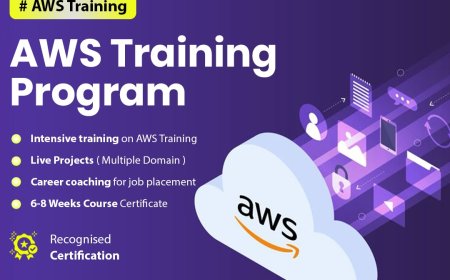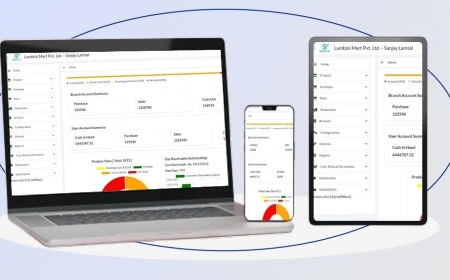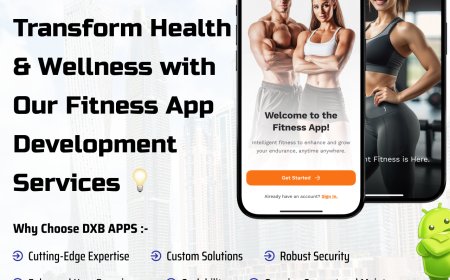Top 5 Technologies Boosting Call Center Productivity in 2025

The contact center of 2025 is under pressure: customers expect faster, more personalized service, costs continue to rise, and agents are increasingly distributed across locations. Traditional metrics like average handle time or first-call resolution only offer surface-level snapshots. Leaders must combine targeted technologies with deep operational insight to elevate call center productivity.
The result? More intelligent workflows, faster resolution, and measurable impact.
Below are the top five technologies transforming call center operations today.
Productivity Intelligence Platforms
The challenge: Managers typically rely on KPIs that obscure the underlying agent experience. Tools might record total call time but not how much time was spent switching screens or writing noteshere's where actual productivity loss often lies.
The solution: Productivity intelligence platforms passively record and map real workflows. These tools uncover hidden friction: how often agents switch between apps, where they pause, which steps repeat, and where scripted guidance is ignored.
Why it matters: By turning raw operational data into prioritized insights, leaders can optimize staffing, redesign processes, and eliminate manual redundancies. Instead of guessing where improvements are needed, strategy becomes evidence-basedand productivity gains follow.
Agent?Assisted Generative AI
The challenge: Even seasoned agents face tricky issues: picking the correct wording, summarizing conversations, and following compliance stepsall while keeping calls efficient.
The solution: Real-time generative AI assistants offer phrase suggestions, auto-summarize conversations, alert agents of skipped steps, and suggest follow-up recommendations.
Evidence at scale: A study of over 5,000 agents showed a 14% increase in issues resolved per hour when supported by generative AIand even larger improvements for less experienced staff kyp.ai. Another report found similar boosts in chat-based support.
Impact: Agents can handle more interactions, reduce errors, and make fewer compliance misstepswithout forcing agents to adopt rigid scripts or worrying about technology overload.
Smart Desktop Automation & Voice Prompts
The challenge: Call handling often includes mundane tasks like data entry, copying information across systems, and verifying complianceall of which contribute to significant 'dead time.'
The solution: Desktop automation tools automate repetitive stepssuch as filling forms, toggling workflows, or triggering promptsand, when paired with voice-guided prompts, steer agents through complex processes.
Benefits:
- Tasks finish faster with fewer clicks. Automation eliminates unnecessary steps, allowing agents to focus on solving the customer's issuenot navigating software.
- Agents receive real-time compliance reminders. Voice-guided prompts help them stay on track with regulatory requirements or scripted disclosures.
- Manual mistakes drop, and consistency improves. With fewer touchpoints and real-time support, agents make fewer errors, and every call follows a more uniform standard.
Impact: Call centers unlock substantial productivity gains by streamlining desktop activity and guiding agents in real time. Agents become more focused, less fatigued, and more accuratefreeing them up for higher-value tasks like personalized customer support and upselling opportunities. The result is a smoother workflow, better outcomes, and a noticeable increase in call center productivity.
AI?Enhanced IVR & Intelligent Routing
The challenge: Poor IVR design leads to misrouted calls, long queues, and frustrated customersdragging down contact center productivity.
The solution: Modern IVR systems use AI-powered intent detection and dynamic routing to resolve simple requests without agent involvement and directly connect complex issues to ideal agents.
Research support: Studies confirm that AI-enhanced IVR reduces wait times and operator workload. Leading brands use voice agents that mimic agents so effectively that callers can't tell them apart.
Impact: Calls reach the right person faster. Routine requests self-resolve. Escalations dropand agents focus only on conversations that require human empathy and nuance.
Real-Time Analytics & Operational Visibility
The challenge: Managers often miss problems until daily or weekly reports arriveby then, inefficiencies are embedded, and opportunities to optimize are lost.
The solution: Real-time analytics dashboards track queue lengths, agent activity, and desktop usage to alert supervisors to spikes or unbalanced workloads.
Benefits:
- Instant spotting of staffing gaps or system slowdowns.
- Alerts when compliance steps are skipped or tool usage drops.
- Managers can intervene, reassign, or coach agents before issues escalate.
Impact: Proactive operations improve service consistency and ensure better alignment between demand and staffingboosting day-to-day effectiveness and saving costs.
Best Practices for Adoption
-
Start with real data, not guesses.
Before introducing new tools, analyze how agents workacross systems, applications, and workflows. Traditional metrics often miss the inefficiencies hidden between systems or in manual processes. Workflow mapping provides the foundation for smart, targeted decisions.
-
Pick high-impact, repetitive tasks.
Look for tasks that are time-consuming, frequently repeated, and prone to errorslike manual data entry or navigating multiple platforms. These are ideal candidates for automation and offer a fast, measurable return on investment. Focus here first for the biggest wins.
-
Pilot small, measure fast, then scale.
Start with a limited rollout in one team or shift. Collect data on performance metrics like time saved, reduced errors, or improved agent satisfaction if results are strong and scale confidently, avoiding widespread disruption or wasted investment.
-
Keep agents in the loop.
Technology should enhance, not disrupt, the agent experience. Involve agents in decision-making, testing, and feedback loops. This helps tailor solutions to real needs and boosts adoption by building trust and ownership.
-
Build a continuous improvement cycle.
Productivity isn't a one-off initiative. Set up regular reviews of performance data, gather user feedback, and evolve your tools and processes over time. The most successful centers treat optimization as an ongoing habitnot a single project.
When technologies are thoughtfully integrated and measured against actual workflows, productivity advances become sustainableand agents thrive.
Conclusion
The call center of the future won't be shaped by the number of tools in usebut by how strategically they're applied. It's not about chasing trends but solving real operational pain points with precision. The most meaningful gains in call center productivity come from integrating technologies like generative AI, desktop automation, intelligent IVR, and real-time analyticsonly when they are informed by deep, evidence-based insights into how agents work.
By eliminating friction, streamlining workflows, and empowering agents with the right tools at the right moments, organizations can move beyond surface-level improvements to achieve lasting operational efficiency.
Ready to uncover hidden productivity opportunities in your call center?
Book a personalized demo with KYP.ai and see how data-driven insights can help you automate smarter, work faster, and sustainably elevate both agent and customer experience.





































